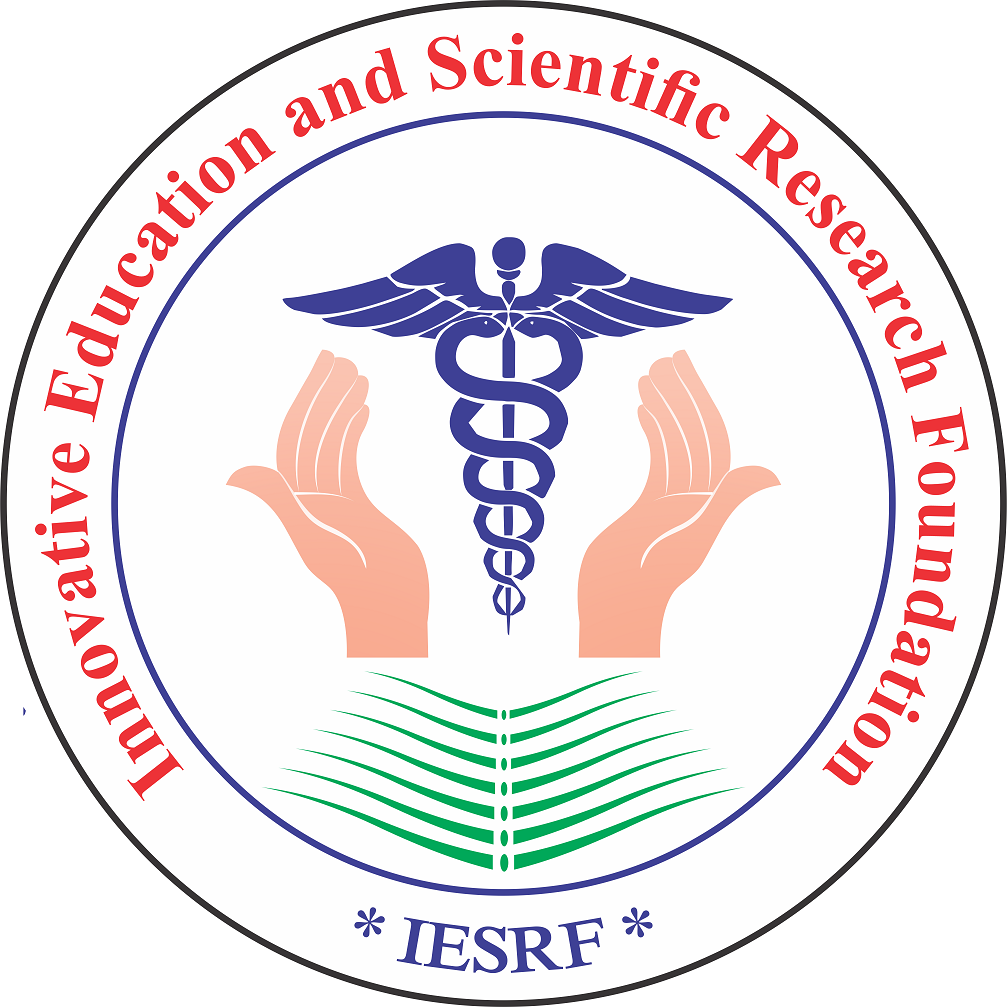- Visibility 166 Views
- Downloads 55 Downloads
- Permissions
- DOI 10.18231/2394-6792.2018.0124
-
CrossMark
- Citation
The Bethesda system for reporting thyroid FNAC: A cytohistological correlation in a newly established institute
- Author Details:
-
Sampa Choudhury *
-
Archana H Deshpande
-
Chitrawati B Gargade
Introduction: FNAC is an excellent modality for diagnosis of thyroid lesions because of its simplicity and cost effectiveness. Since the introduction of The Bethesda System for Reporting Thyroid Cytopathology (TBSRTC) in 2007, it has become a standardized, convenient and more informative system of thyroid reporting.
Aims: 1. To study cytological features of FNAC and categorization according to TBSRTC; 2. To assess statistical analysis of FNAC in detecting malignant lesions.
Settings and Design: This is a cross-sectional study carried out in the Pathology Department from January 2015 to December 2017.
Materials and Methods: We interpreted 329 thyroid FNAC and categorized them according to TBSRTC. 75 cases are correlated histologically.
Statistical Analysis: Accuracy, specificity, sensitivity and predictive values.
Result: Distribution of different categories are as follows Non-diagnostic/unsatisfactory (ND/UNS)-8.5%, Benign-85.2%, Atypia of undetermined significance/follicular lesion of undetermined significance (AUS/FLUS)-0.6%, Follicular neoplasm/suspicious for follicular neoplasm (FN/SFN)-2.4%, Suspicious for malignancy (SFM)-1.5% and malignant-1.8%. The malignancy risk calculated from histopathological follow up of 75 cases is as follows: ND/UNS 0%, Benign 6.9%, FN/SFN 16.7%, SFM 66.7% and malignant 100%. The positive predictive value, negative predictive value and accuracy of TBSRTC are 100%, 93.1%, 93.7% respectively.
Conclusion: The malignancy risk, accuracy, specificity and predictive values are consistent with other studies. Thus TBSRTC allows more standard reporting, specific diagnosis and understanding of terminology between pathologists and clinicians.
Keywords: FNAC, TBSRTC, Thyroid.
References
- Baloch ZW, Livolsi VA, Asa SL, Rosai J, Merino MJ, Randolph G et al. Diagnostic terminology and morphologic criteria for cytologic diagnosis of thyroid lesions: A symposia of the national cancer institute thyroid fine-needle aspiration state of the science conference. Diagn Cytopathol. 2008;36:425-37.
- Cibas ES, Ali SZ. The Bethesda system for reporting thyroid cytopathology. Am J Cain Pathol. 2009;132:658-
- Renuka IV, Bala GS, Aparna C, Kumari R, Sumalatha K. The Bethesda system for reporting thyroid cytopathology: Interpretation and guidelines in surgical treatment. Indian J Otolaryngol Head Neck Surg. 2012;64(4):305-11.
- Deshpande AH, Nayak SP, Gaikwad ST, Bundle MM, Parate SN, Lele VR et al. Fine needle aspiration cytology as an initial modality for the investigation of thyroid enlargement: A study 2818 cases. Journal of Academy of Medical Sciences. 2004;32(3):25-9.
- Agrawal R, Saxena M, Kumar P. A study of fine needle aspiration cytology of thyroid lesions with histopathological correlation. Indian J Pathol Onco. 2015;2(4):277-83.
- Mondal SK, Sinha A, Basak B, Roy DN, Sinha SK. The Bethesda system for reporting thyroid fine needle aspirates: A cytologic study with histologic follow-up. J Cytol. 2013;30(2):94-99.
- Laishram RS, Zothanmawii T, Joute Z, Yasung P, Debnath K. The Bethesda system of reporting thyroid fine needle aspirates: A 2 year cytologic study in a tertiary care institute. J Med Soc. 2017;31:3-7.
- Yassa L, Cibas ES, Benson CB, Frates MC, Doubilet PM, Gawande AA et al. Long term assessment of a multidisciplinary approach to thyroid nodule diagnostic evaluation. Cancer. 2007;111:508-16.
- Naz S, Hashmi AA, Khurshid A, Faridi N, Edhi MM, Kamal A et al. Diagnostic accuracy of Bethesda system for reporting thyroid cytopathology: an institutional perspective. International Archives of Medicine. 2014;7:46-50.
- Chebii K, Bargoria F, Alwala D. Cytohistological correlations of thyroid masses findings at the MOI teaching and referral hospital, Kenya. IJIRR. 2016;3(12):3322-7.
- Sharma C. Diagnostic accuracy of the fine needle aspiration cytology of thyroid and evaluation of discordant cases. Journal of the Egyptian National Cancer Institute. 2015;27:147-53.
- Bagga PK, Mahajan NC. Fine needle aspiration cytology of thyroid swellings: how useful and accurate is it? Indian J Cancer. 2010;47(4):437-42.
- Hajmanoochehri F, Rabiee E. FNAC accuracy in diagnosis of thyroid neoplasms considering all diagnostic categories of the Bethesda reporting system: A single- institute experience. J Cytol. 2015;32:238-43.
- Yang J, Schnadig V, Logrono R, Wasserman PG. Fine- needle aspiration of thyroid nodules: A study of 4703 patients with histologic and clinical corrections. Cancer. 2007;111:306-15.
- Ali SZ, Thyroid cytopathology: Bethesda and beyond. Acta Cytol. 2011;55:4-12.
- Jo VY, Stelow EB, Dustin SM, Hanley KZ. Malignancy risk for fine-needle aspiration of thyroid lesions according to the Bethesda system for reporting thyroid cytopathology. Am J Cain Pathol. 2010;134:450-6.
How to Cite This Article
Vancouver
Choudhury S, Deshpande AH, Gargade CB. The Bethesda system for reporting thyroid FNAC: A cytohistological correlation in a newly established institute [Internet]. Indian J Pathol Oncol. 2018 [cited 2025 Oct 28];5(4):650-655. Available from: https://doi.org/10.18231/2394-6792.2018.0124
APA
Choudhury, S., Deshpande, A. H., Gargade, C. B. (2018). The Bethesda system for reporting thyroid FNAC: A cytohistological correlation in a newly established institute. Indian J Pathol Oncol, 5(4), 650-655. https://doi.org/10.18231/2394-6792.2018.0124
MLA
Choudhury, Sampa, Deshpande, Archana H, Gargade, Chitrawati B. "The Bethesda system for reporting thyroid FNAC: A cytohistological correlation in a newly established institute." Indian J Pathol Oncol, vol. 5, no. 4, 2018, pp. 650-655. https://doi.org/10.18231/2394-6792.2018.0124
Chicago
Choudhury, S., Deshpande, A. H., Gargade, C. B.. "The Bethesda system for reporting thyroid FNAC: A cytohistological correlation in a newly established institute." Indian J Pathol Oncol 5, no. 4 (2018): 650-655. https://doi.org/10.18231/2394-6792.2018.0124
